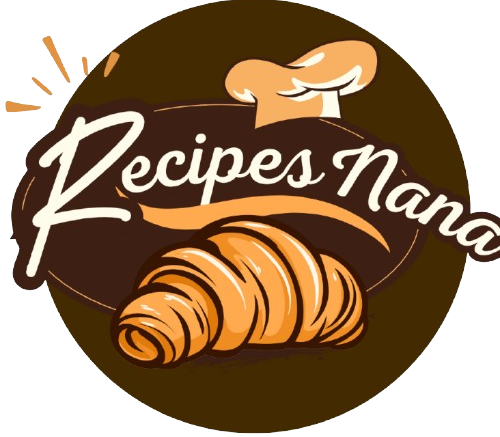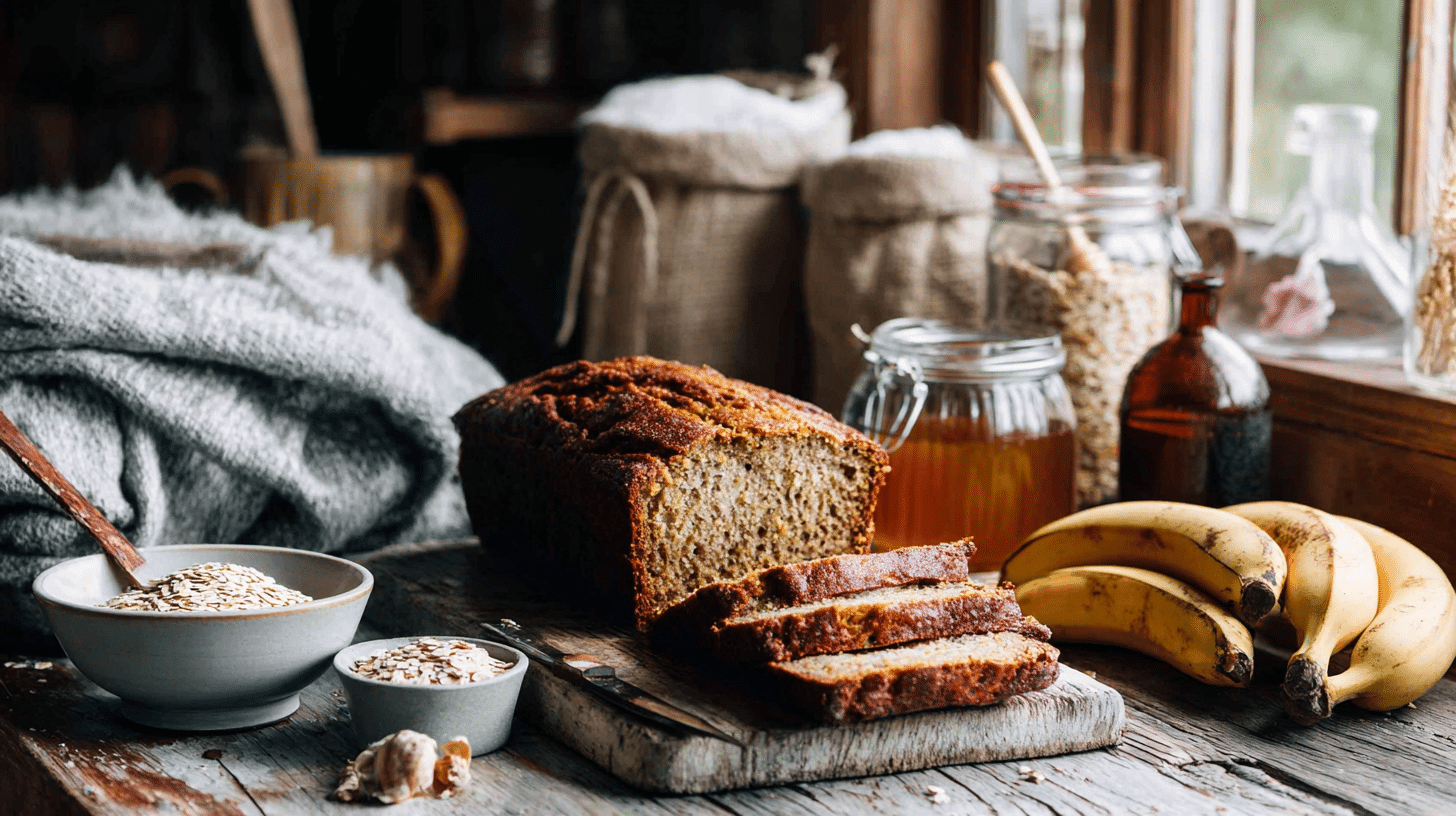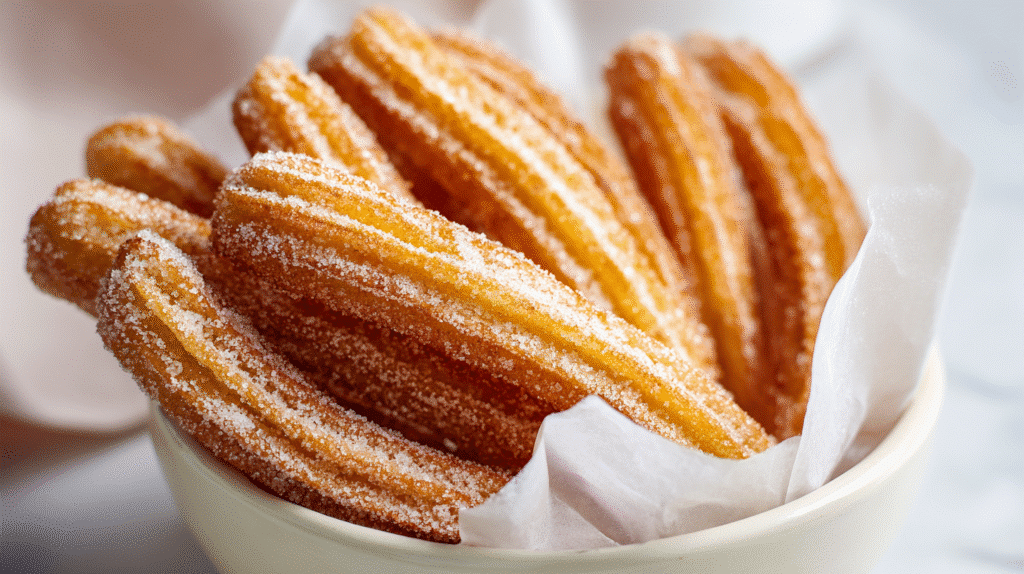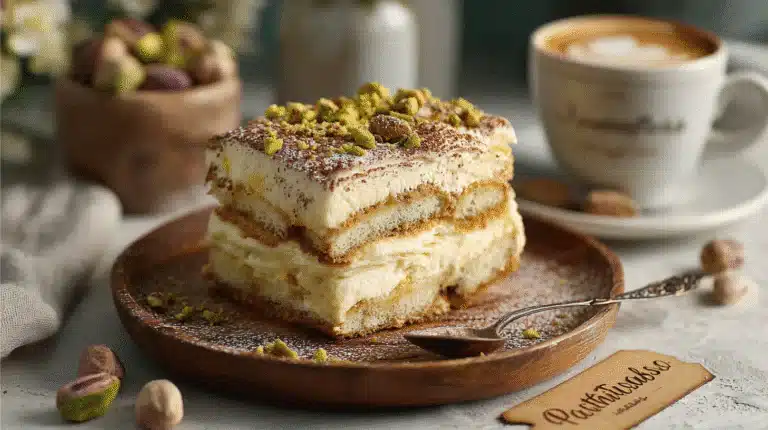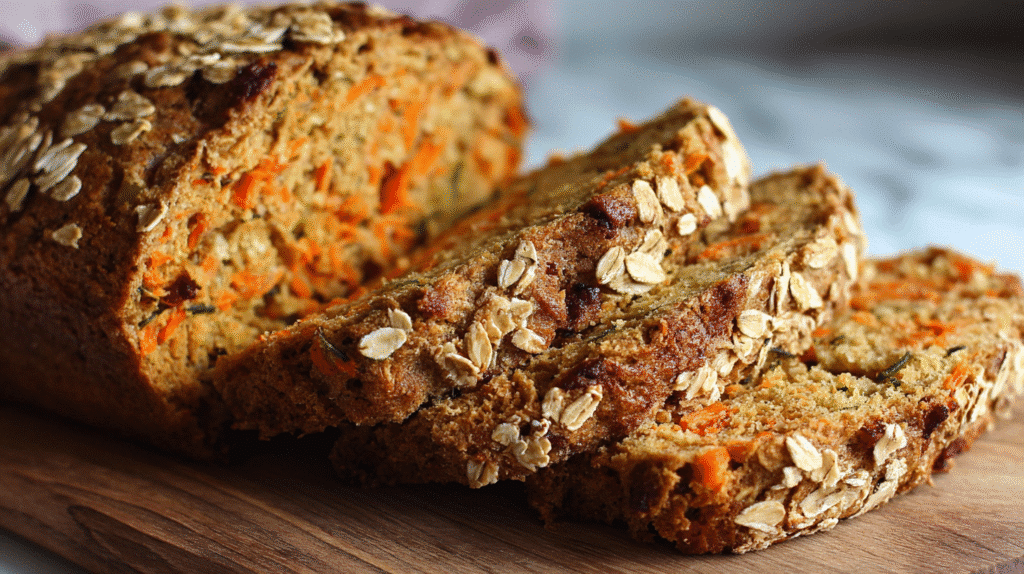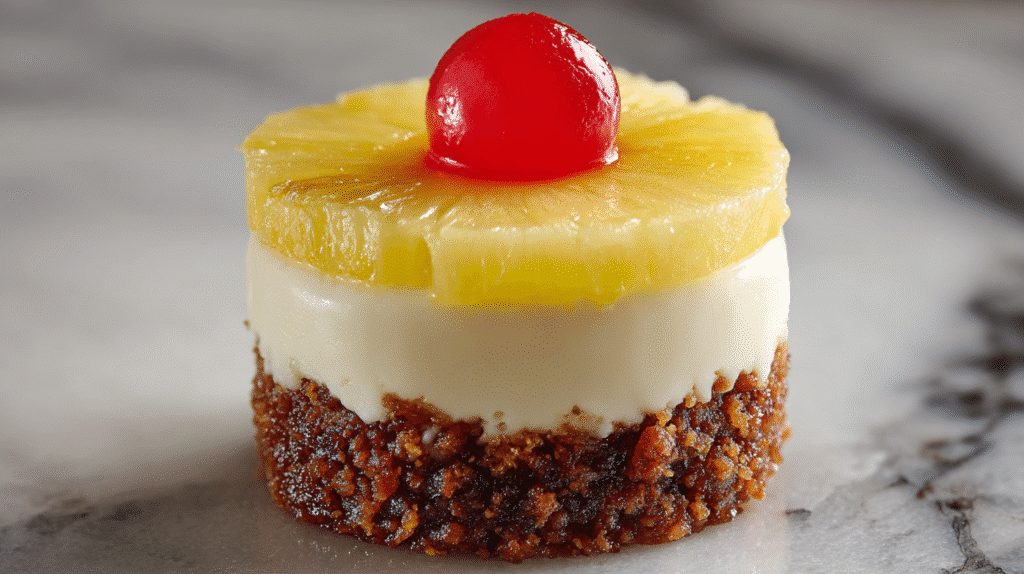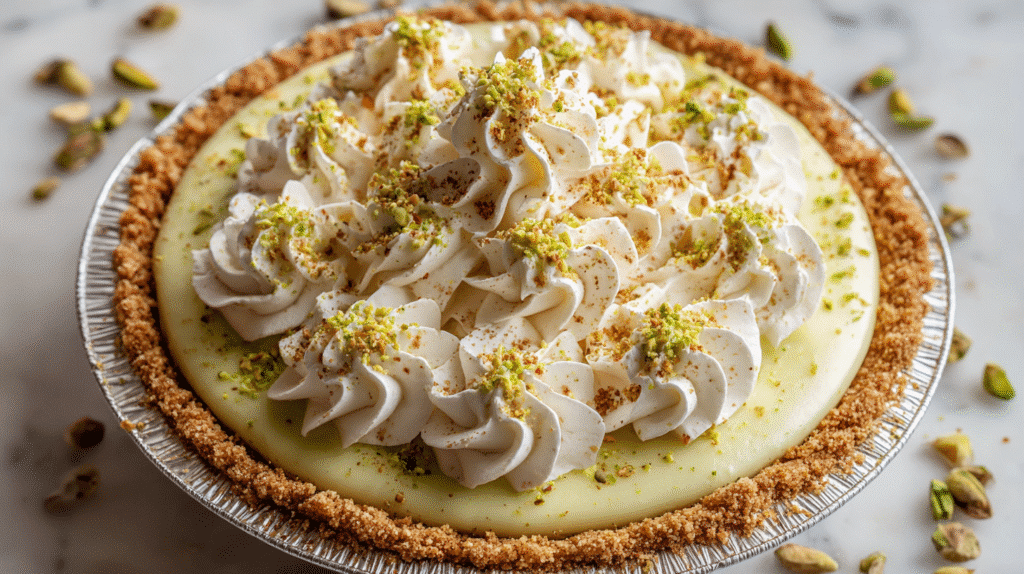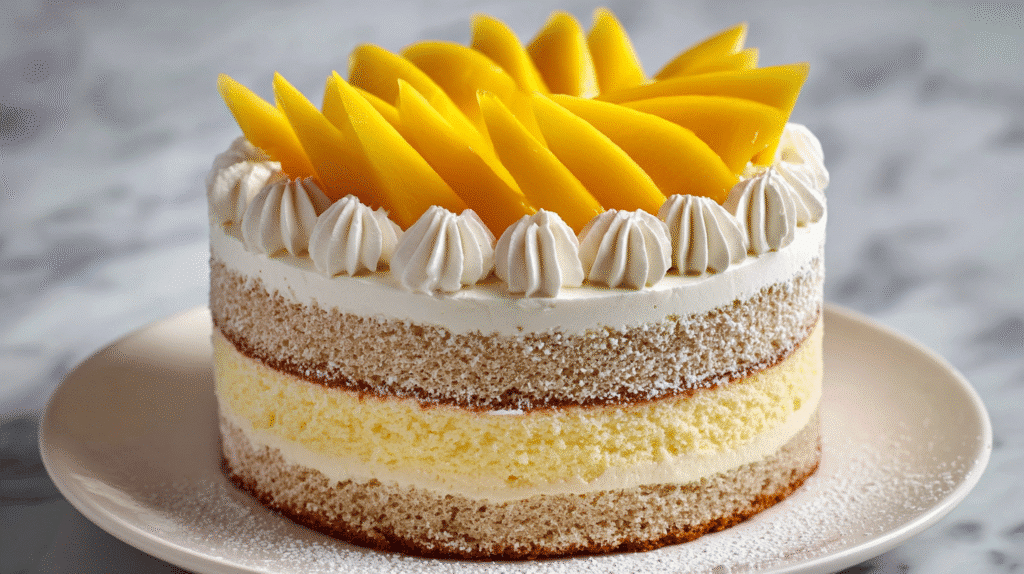Banana Bread Recipe No Baking Soda – A Fluffy, Moist Twist Without the Chemical Lift
🍌 Banana Bread Recipe No Baking Soda – A Fluffy, Moist Twist Without the Chemical Lift
There’s something deeply comforting about slicing into a warm loaf of banana bread—especially when it’s homemade, moist, and bursting with banana flavor. But what if you’re out of baking soda , or just prefer not to use it? Fear not! You can still whip up a delicious loaf of banana bread without ever touching that little box of leavening magic.
In this guide, we’ll explore how to make banana bread without baking soda , why it works, and what alternatives can step in to give your loaf that perfect rise and texture. Whether you’re avoiding baking soda for dietary reasons , forgot to buy it, or just want to try something new, this article will walk you through everything you need to know to bake a tasty, foolproof loaf.
Let’s dive in and start with understanding why someone might skip baking soda in their banana bread—and what they stand to gain by doing so.
Part 1: Introduction to Baking Banana Bread Without Baking Soda
Why You Might Want to Skip Baking Soda in Your Banana Bread
You might be wondering, why would anyone make banana bread without baking soda? Well, there are actually quite a few good reasons. For starters, some folks are sensitive to baking soda —especially those watching their sodium intake or dealing with acid reflux. Others simply don’t have any on hand and don’t feel like running to the store. And then there are those who prefer a cleaner ingredient list, free from chemical additives.
Truth be told, baking soda isn’t the only way to get your banana bread to rise and stay tender. With the right tweaks, you can easily skip it and still end up with a soft, flavorful loaf that’s every bit as satisfying as the classic version.
Understanding the Role of Baking Soda in Baking
Before we jump into substitutions, let’s talk a bit about what baking soda actually does in banana bread. In short, it acts as a leavening agent—meaning it helps the bread puff up and become light and airy instead of dense and heavy. When baking soda comes into contact with an acidic ingredient (like ripe bananas, buttermilk, or vinegar), it creates carbon dioxide bubbles, which cause the batter to expand during baking.
Without baking soda , your banana bread might come out flatter and denser than usual. However, as we’ll see later, there are several effective ways to mimic that leavening effect using common pantry staples.
Fun fact: Bananas themselves are slightly acidic, which means they can actually help activate other leavening agents—even without baking soda !
Alternatives to Baking Soda in Banana Bread
So, if you’re going baking soda-free , what can you use instead? One of the most popular substitutes is baking powder . Unlike baking soda , which needs an acid to activate, baking powder already contains both a base and an acid. It’s also double-acting, meaning it reacts once when mixed and again when exposed to heat—making it ideal for banana bread.
Other natural leavening boosters include:
- Vinegar + baking powder combo
- Buttermilk or yogurt
- Sour cream
- Lemon juice
These ingredients not only help your bread rise but also add depth of flavor and moisture. By combining them with the right ratios of flour, fat, and sweetener, you can create a perfectly balanced banana bread recipe no baking soda required .
And speaking of ingredients, let’s take a closer look at what goes into a great no-baking-soda banana bread in the next section.
Part 2: Essential Ingredients for No-Baking-Soda Banana Bread
Now that we’ve covered why you might want to skip baking soda and what it typically does in banana bread, let’s dive into the core ingredients that will make your banana bread recipe no baking soda a success. Each one plays a key role in flavor, texture, and structure—especially since we’re not relying on baking soda to do the heavy lifting.
Ripe Bananas – The Natural Sweetener and Moisture Provider
Let’s start with the star of the show: ripe bananas. If you’re making banana bread without baking soda , you’ll want to use very ripe bananas —the ones with lots of brown spots or even fully black skins. Why? Because as bananas ripen, their starches turn into sugars, giving your bread natural sweetness and helping it caramelize beautifully during baking.
Also, ripe bananas are soft and mash easily, which adds moisture and helps bind the batter together. In fact, mashed bananas can act almost like a natural leavening booster when combined with acidic ingredients like vinegar or lemon juice. So don’t toss those overripe bananas—they’re gold in disguise!
Choosing the Right Flour (All-Purpose, Whole Wheat, Gluten-Free)
Flour gives your banana bread its structure, so choosing the right type is important. For most banana bread recipes no baking soda , all-purpose flour works best because it has just the right protein content to give your loaf some lift without being too tough.
If you’re going for a heartier texture, try using whole wheat flour , but keep in mind it tends to absorb more moisture, so you may need to adjust the liquid ingredients slightly. And if you’re gluten-sensitive or curious about alternative flours, gluten-free all-purpose blends are a solid choice—just look for one that includes xanthan gum to help mimic the elasticity of gluten.
Tip: Sifting your flour before adding it to the batter can help reduce clumps and ensure a smoother, more even rise—especially important when you’re not using baking soda .
Fats – Butter, Oil, Coconut Oil, or Applesauce?
Fat adds richness, tenderness, and flavor to your banana bread. Whether you go with melted butter , vegetable oil , coconut oil , or even unsweetened applesauce , each brings something unique to the table.
- Butter gives a rich, buttery taste and helps create a denser, cake-like crumb.
- Oil (like canola or sunflower) keeps the bread moist and tender, and blends smoothly into the batter.
- Coconut oil adds a subtle tropical note and works well in vegan versions.
- Applesauce is a great low-fat option—it adds moisture without extra calories, though it can make the texture a bit gummier if used in excess.
Whichever you choose, make sure it’s at room temperature (or melted, depending on the recipe), so it blends evenly with the other wet ingredients.
Liquid Ingredients – Milk, Buttermilk, Yogurt, or Vinegar
Since we’re skipping baking soda , incorporating an acidic liquid becomes even more important. Acids help activate other leavening agents like baking powder , and they also enhance flavor and moisture.
Here are some top picks:
- Milk is the most neutral choice and works well in most recipes.
- Buttermilk is tangy and thick, and thanks to its acidity, it boosts rise and tenderness.
- Plain yogurt acts similarly to buttermilk and adds a creamy texture.
- Vinegar (white or apple cider) is often used in small amounts to react with baking powder and create lift.
Using one of these liquids not only helps your banana bread rise better but also balances out any bitterness that might come from using baking powder alone.
Eggs and Egg Substitutes (for Vegan Options)
Eggs are essential in banana bread for binding everything together and adding moisture. They also help with rising—so leaving them out can affect the final texture.
If you’re making a traditional banana bread recipe no baking soda , regular eggs work just fine. But if you’re going vegan or egg-free, there are several substitutes that work surprisingly well:
- Flax eggs (ground flaxseed + water) offer good structure and a nutty undertone.
- Chia eggs (chia seeds + water) are similar to flax eggs and add a slight crunch.
- Applesauce or mashed banana can replace eggs for added moisture, though they won’t bind quite as tightly.
Choose your substitute based on how dense or fluffy you want your bread to be—and remember, sometimes a little experimentation leads to delicious results.
Sweeteners – Brown Sugar vs White Sugar vs Honey or Maple Syrup
Sweetness isn’t just about taste—it also affects texture. Different sweeteners bring different textures and flavors to your banana bread without baking soda :
- Brown sugar is rich and molasses-y, and it holds onto moisture, keeping your bread soft longer.
- White sugar gives a cleaner sweetness and a lighter crumb.
- Honey or maple syrup are liquid sweeteners that add depth of flavor and extra moisture—but they can make the bread stickier, so you may need to reduce other liquids slightly.
If you’re watching your sugar intake, you can also try alternatives like coconut sugar or stevia , though they behave differently and may require adjustments in quantity or moisture levels.
Part 3: Step-by-Step Banana Bread Recipe Without Baking Soda
Now that we’ve got our ingredients lined up, it’s time to get baking! Making banana bread without baking soda is totally doable—and with the right technique, you’ll end up with a loaf that’s just as moist, fluffy, and flavorful as the classic version. Let’s walk through each step so your banana bread turns out perfectly every time.
Preparing the Batter: Mixing Techniques That Work Best
Start by preheating your oven to 350°F (175°C) and greasing a standard 9×5-inch loaf pan—or line it with parchment paper for easy removal later.
Grab those overripe bananas—two medium ones should do—and mash them well in a large mixing bowl. You want them nice and pulpy because that’s where most of the moisture and natural leavening power comes from.
Next, add in your wet ingredients: melted butter or oil, an egg (or flax egg if you’re vegan), and a splash of milk or buttermilk. Mix everything together until smooth. If you’re using honey or maple syrup instead of sugar, stir that in now too.
In a separate bowl, whisk together your dry ingredients: flour, baking powder (more on that next), cinnamon or nutmeg if you like a warm flavor, and a pinch of salt. Then, gently fold the dry mixture into the wet one, stirring just until combined. Be careful not to overmix—it can make your bread tough.
Pro tip: A few lumps are okay! Overmixing develops gluten, which can lead to a dense crumb—something we definitely want to avoid in banana bread without baking soda .
Using Baking Powder Instead of Baking Soda – Proportions and Timing
Since we’re skipping baking soda , baking powder becomes your best friend here. It contains both a base and an acid, which means it works all on its own when mixed with liquid and heated.
For a standard 9×5-inch loaf, use about 1 teaspoon of baking powder . Any more than that, and your bread might taste slightly bitter or rise too fast and then collapse.
Add the baking powder directly to your dry ingredients before mixing. And remember: mix just until incorporated. Once you pour the batter into the prepared loaf pan, it’s time to bake!
Incorporating Acidic Ingredients for Leavening
Even though we’re using baking powder , adding a bit of acid can give your banana bread an extra lift and richer flavor. Try stirring in a tablespoon of apple cider vinegar , lemon juice , or even yogurt into the wet ingredients before combining with the dry.
These acidic ingredients react with the baking powder and help create those little air bubbles that make your banana bread light and fluffy—just like baking soda would have done.
Optional Add-ins: Nuts, Chocolate Chips, Dried Fruit
Want to jazz things up? Go ahead and toss in your favorite mix-ins after combining the wet and dry ingredients:
- Chopped walnuts or pecans for crunch
- Dark chocolate chips for a touch of sweetness
- Raisins or dried cranberries for chewiness
Just fold them in gently so they’re evenly distributed without overworking the batter.
Pan Preparation and Pouring the Batter
Before pouring the batter into your loaf pan, double-check that it’s properly greased or lined. This ensures your banana bread won’t stick and will slide out easily once cooled.
Pour the batter into the pan and use a spatula to smooth the top. If you like a rustic look, you can sprinkle a bit of coarse sugar or cinnamon on top before baking for a crunchy finish.
Baking Temperatures and Time Guidelines
Place the pan in the center rack of your preheated oven and bake at 350°F (175°C) for about 50–60 minutes . Every oven is a little different, so start checking around the 45-minute mark.
To test doneness, insert a toothpick or skewer into the center of the loaf. If it comes out clean or with just a few moist crumbs, it’s ready!
Note: If the top starts to brown too quickly, loosely cover it with aluminum foil to prevent burning.
Cooling and Slicing Tips
Once your banana bread is baked, let it cool in the pan for about 10–15 minutes before transferring it to a wire rack to cool completely. Trying to slice it while still warm can cause it to fall apart or become gummy in the middle.
Once cooled, slice with a sharp serrated knife and enjoy! Spread some butter on a warm slice, or pair it with your morning coffee for a cozy treat.
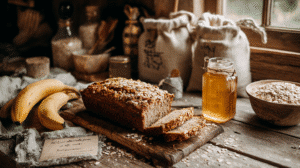
Part 4: Troubleshooting Common Issues
So you followed the recipe, mixed everything just right, and baked your banana bread without baking soda —but when you take it out of the oven, something’s not quite right. Maybe it’s too dense, or it didn’t rise as much as you hoped. Don’t worry! Banana bread can be finicky, especially when you’re skipping baking soda . Let’s walk through some of the most common problems and how to fix them.
Dense or Heavy Banana Bread – Causes and Fixes
If your banana bread came out dense and heavy , there could be a few culprits at play:
- Too much flour : Measuring flour by scooping directly from the bag can pack it in, leading to dryness and density. Instead, use a spoon to fill your measuring cup and level it off with a knife.
- Not enough acid : Without baking soda , the leavening depends more on baking powder and acidic ingredients like yogurt, vinegar, or lemon juice. If you skipped those, your bread might lack lift.
- Overmixing the batter : This develops gluten, which makes the texture tough. Mix until just combined—lumps are okay!
- Underbaked : Sometimes the center looks done, but it’s still undercooked. Always do the toothpick test!
Fix : Next time, reduce the flour slightly, add an extra splash of acid (like a teaspoon of vinegar), and mix gently. You’ll notice a lighter, fluffier result.
Lack of Rise Without Baking Soda – How to Improve It
Since we’re going banana bread recipe no baking soda , getting good rise is key. If your loaf turned out flat or didn’t puff up, here’s what to try:
- Increase the baking powder : Use about 1 to 1.5 teaspoons for a standard loaf. Make sure it’s fresh—old baking powder loses potency.
- Use very ripe bananas : They naturally help with rising due to their potassium content and moisture.
- Add a little acid : A tablespoon of apple cider vinegar or lemon juice boosts the reaction with baking powder , giving your bread more lift.
- Don’t overfill the pan : Leaving room for expansion helps the bread rise properly.
Pro tip: If you’re making mini loaves or muffins, they tend to rise better than full-sized ones because they bake faster and trap heat more efficiently.
Dry Texture – What Went Wrong?
Dry banana bread is never fun—but it’s usually fixable next time around. Here’s why it might have happened:
- Overbaking : Even five minutes too long can dry out the crumb. Start checking with a toothpick at the 50-minute mark.
- Old or underripe bananas : These don’t offer the same moisture or sweetness as fully ripe ones.
- Too much flour or not enough fat : Both contribute to a moist texture. Balance is key!
Fix : Lower the baking time slightly, use super ripe bananas, and consider adding a bit more oil or applesauce next time. You can also brush the top with a little milk or honey after baking to lock in moisture.
Overly Sweet or Underseasoned Bread
Sometimes banana bread ends up tasting like sweet mush—no depth, no warmth, just sugar overload. On the flip side, sometimes it feels bland and underwhelming.
- Too sweet? Try reducing the sugar slightly or swapping half with mashed banana or applesauce.
- Too bland? Add warm spices like cinnamon, nutmeg, or even a dash of cloves. Vanilla extract also enhances flavor beautifully.
- Want more complexity? Try using brown sugar instead of white—it adds molasses notes that deepen the overall taste.
Remember: Ripe bananas are naturally sweet, so you might not need as much added sugar as traditional recipes call for.
Sticking to the Pan – Prevention and Removal Tips
Nothing’s worse than a perfect-looking loaf that won’t come out of the pan. To avoid this sticky situation:
- Grease well : Use butter or non-stick spray and cover every inch of the pan—including the corners.
- Line with parchment paper : Tear off a strip that fits lengthwise in the pan and let it hang over the edges. That way, you can lift the whole loaf out once cooled.
- Let it cool before removing : Wait at least 10–15 minutes before trying to loosen the edges with a spatula or knife. Trying to remove it too soon can cause it to fall apart.
If it does stick, don’t panic—you can always serve it in pieces and call it “artisan-style”!
Now that you’ve got the tools to troubleshoot your banana bread without baking soda , let’s move on to some fun variations and creative twists in Part 5 !
Part 5: Variations and Creative Twists
Banana bread doesn’t have to be plain old sweet bread—it can be a canvas for all sorts of delicious flavors and textures. Whether you want something healthier, vegan, gluten-free, or even savory, there are tons of ways to customize your banana bread recipe no baking soda . Let’s explore some tasty options!
Healthy Banana Bread – Lower Sugar and Fat Options
If you’re watching your calories or looking for a guilt-free treat, here’s how to make a healthier version:
- Replace oil with unsweetened applesauce : Use equal parts applesauce in place of oil to cut fat while keeping the bread moist.
- Swap white sugar for coconut sugar or honey : These natural sweeteners add depth without spiking your blood sugar.
- Use whole wheat or oat flour : These alternatives boost fiber and give a heartier texture.
- Add protein powder or Greek yogurt : Stir in a scoop of vanilla protein or a few tablespoons of Greek yogurt for a high-protein twist.
This version is great for breakfast or a post-workout snack!
Vegan Banana Bread Recipe Without Baking Soda
Going vegan doesn’t mean missing out on soft, rich banana bread. Just swap a few ingredients:
- Use a flax egg or chia egg instead of regular eggs.
- Replace dairy milk with almond, oat, or soy milk .
- Opt for coconut oil or vegan butter instead of regular butter.
- Choose maple syrup or agave instead of honey if needed.
With these easy swaps, your banana bread without baking soda will be totally plant-based—and just as tasty!
Gluten-Free Banana Bread – Flours and Binders to Use
For a gluten-free version, choose a high-quality gluten-free all-purpose flour blend that includes xanthan gum. This helps mimic the elasticity of gluten and prevents your bread from being too crumbly.
You can also experiment with:
- Almond flour (add extra binding agent like chia or flax)
- Coconut flour (use less and add more liquid)
- Rice flour blends
Just remember to adjust moisture levels accordingly—gluten-free flours often absorb more liquid than regular flour.
Protein-Packed Banana Bread – Adding Protein Powder or Greek Yogurt
Looking for a filling snack or breakfast option? Boost the protein content with:
- Scoop of vanilla or chocolate protein powder
- A few tablespoons of Greek yogurt (adds creaminess and protein)
- Chia seeds or hemp hearts (for plant-based protein)
These additions make your banana bread more satisfying and perfect for busy mornings.
Savory Banana Bread – A Unique Twist
Yes, you read that right—banana bread can be savory! Try this unusual but delicious version:
- Skip the sugar and use salt instead
- Add herbs like rosemary, thyme, or basil
- Toss in grated cheese (cheddar or parmesan work well)
- Fold in chopped onions, garlic, or even sun-dried tomatoes
It’s a surprising but tasty twist that pairs perfectly with soup or a light salad.
Mini Loaves or Muffins – Perfect for Portion Control
Want to make individual servings or freeze extras for later? Try baking mini loaves or muffins:
- Mini loaf pans : Bake at the same temperature, but check for doneness around 30–35 minutes.
- Muffin tins : Fill each cup almost full and bake for about 20–25 minutes.
They’re great for snacks, school lunches, or gifting!
Ready to learn how to store and enjoy your banana bread for days (or even weeks)? In Part 6 , we’ll cover storage tips, serving ideas, and clever ways to use up leftovers.
Part 6: Storage and Serving Suggestions
So you’ve baked your banana bread without baking soda , and it smells amazing. Now what? Whether you plan to eat it all in one go or save some for later, proper storage and serving tricks can make all the difference. Let’s talk about how to keep your banana bread fresh, how to revive day-old slices, and even how to turn leftovers into something new and exciting.
How to Store Banana Bread – Room Temperature, Refrigerator, Freezer
Good news: banana bread keeps surprisingly well—if stored correctly!
- Room temperature : Wrap your cooled banana bread tightly in plastic wrap or foil and store it in a sealed container or ziplock bag. It should stay fresh for up to 4 days .
- Refrigerator : For longer life (up to 7–10 days ), wrap it well and refrigerate. The cold slows down mold growth and keeps the texture intact.
- Freezer : Want to stockpile? Slice the bread, wrap each piece in plastic wrap, then store in a freezer-safe bag. It can last up to 3 months in the freezer. Thaw at room temperature or toast straight from frozen!
Pro tip: Keep a slice of white bread in the container with your banana bread—it absorbs excess moisture and helps prevent sogginess.
Reheating and Reviving Leftover Banana Bread
Leftovers are great, but nobody likes stale banana bread. Here’s how to bring it back to life:
- Microwave : Wrap a slice in a damp paper towel and microwave for 20–30 seconds. Instant warm, soft goodness!
- Toaster oven : Toast a slice until lightly golden for a crisp outside and soft inside.
- Oven : For a whole loaf, reheat at 300°F (150°C) for 10–15 minutes, wrapped in foil.
It’s like fresh-baked magic!
Serving Ideas – Toppings, Spreads, and Pairings
Whether you’re enjoying it for breakfast, snack time, or dessert, banana bread is best with a little flair:
- Classic combo : Butter or cream cheese spread
- Sweet lovers’ choice : Honey, peanut butter, or Nutella
- Fruit twist : Sliced strawberries or a drizzle of jam
- Drizzle it up : Whisk powdered sugar with a splash of milk or lemon juice for a simple glaze
Pair it with coffee, tea, or a glass of almond milk for the ultimate cozy moment.
Making French Toast or Bread Pudding from Leftovers
Don’t toss the last few slices—turn them into something new!
- French toast : Soak thick slices in a mixture of egg, milk, cinnamon, and vanilla, then fry until golden.
- Bread pudding : Cube leftover banana bread, soak in a custard made from eggs, milk, sugar, and spices, then bake until bubbly.
It’s a delicious way to stretch your baking efforts!
Part 7: Frequently Asked Questions (FAQs)
Still have questions about your banana bread recipe no baking soda ? You’re not alone! Here are some of the most commonly asked questions—and clear, helpful answers.
Can I make banana bread without baking soda or baking powder?
Technically yes—but your bread will be denser. Without any leavening agents, it won’t rise much. If you must skip both, use ultra-ripe bananas and acidic ingredients like yogurt or vinegar to help with lift.
What happens if you don’t put baking soda in banana bread?
Without baking soda , your banana bread may be heavier and flatter. However, with the right adjustments (like using baking powder and acidic ingredients), you can still get a decent rise and a soft texture.
Is baking powder a good substitute for baking soda in banana bread?
Absolutely! Baking powder is a great alternative because it already contains both a base and an acid. Use about 1 teaspoon per cup of flour for best results.
How do you make banana bread rise without baking soda?
Use baking powder , acidic liquids like vinegar or lemon juice, and ensure your bananas are very ripe. Also, avoid overmixing the batter to keep the texture light.
Can I use vinegar instead of baking soda in banana bread?
Vinegar alone won’t replace baking soda , but when used with baking powder , it can enhance the leavening effect and add flavor.
Why is my banana bread so dense?
Too much flour, underripe bananas, overmixing, or not enough acid can all lead to a dense loaf. Try adjusting these factors next time for a lighter result.
Can I skip baking soda in quick breads?
Yes, but only if you replace it with another leavener like baking powder . Quick breads rely on chemical leavening, so skipping it entirely will affect texture.
Short Conclusion
Making a banana bread recipe no baking soda is not only possible—it can be just as delicious as the classic version. With the right substitutions, techniques, and a little creativity, you can whip up a loaf that’s moist, flavorful, and perfectly risen.
From choosing the best ingredients to troubleshooting common issues and experimenting with variations, banana bread is incredibly versatile. Whether you’re baking for health, dietary needs, or just for fun, this guide has given you all the tools you need to succeed.
Could you kindly arrange for Baking?

